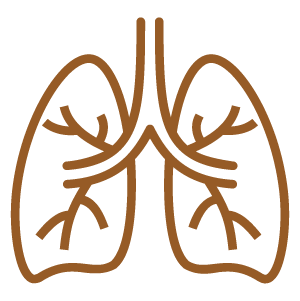Beara, I. N., Lesjak, M. M., Orčić, D. Z., Simin, N. Đ., Četojević-Simin, D. D., Božin, B. N., & Mimica-Dukić, N. M. (2012). Comparative analysis of phenolic profile, antioxidant, anti-inflammatory and cytotoxic activity of two closely-related Plantain species: Plantago altissima L. and Plantago lanceolata L. LWT - Food Science and Technology, 47(1), 64-70. https://doi.org/10.1016/j.lwt.2012.01.001
Blumenthal, M., & Bundesinstitut für Arzneimittel und Medizinprodukte (Germany). (2000). Herbal medicine: Expanded Commission E monographs. Integrative Medicine Communications.
Bruton-Seal, J. (2009). Backyard medicine: Harvest and make your own herbal remedies. Skyhorse Publishing.
Doan, D.D., Nguyen, N.H., Doan, H.K., Nguyen, T.L., Phan, T.S., van Dau, N., Grabe, M., Johansson, R., Lindgren, G., & Stjernstrom, N.E. (1992). Studies on the individual and combined diuretic effects of four Vietnamese traditional herbal remedies (Zea mays, Imperata cylindrica, Plantago major and Orthosiphon stamineus). Journal of Ethnopharmacology, 36(3), 225-231. https://doi.org/10.1016/0378-8741(92)90048-v
Ferrazzano, G.F., Cantile, T., Roberto, L., Ingenito, A., Catania, M.R., Roscetto, E., & Pollio, A. (2015). Determination of the in vitro and in vivo antimicrobial activity on salivary streptococci and lactobacilli and chemical characterisation of the phenolic content of a Plantago lanceolata infusion. BioMed Research International, 2015. http://doi.org/10.1155/2015/286817
Hussan, F., Mansor, A. S., Hassan, S. N., Tengku Nor Effendy Kamaruddin, T.N.T., Budin, S. B., & Othman, F. (2015). Anti-Inflammatory property of Plantago major leaf extract reduces the inflammatory reaction in experimental acetaminophen-induced liver injury. Evidence-Based Complementary and Alternative Medicine, 2015(1). https://doi.org/10.1155/2015/347861
Kováč, I., Ďurkáč, J., Hollý, M., Jakubčová, K., Peržeľová, V., Mučaji, P., Gál, P. (2015). Plantago lanceolata L. water extract induces transition of fibroblasts into myofibroblasts and increases tensile strength of healing skin wounds. Journal of Pharmacy and Pharmacology, 67(1), 117-125. https://doi.org/10.1111/jphp.12316
Matev, M., Angelova, I., Koĭchev, A., Leseva, M., & Stefanov, G. (1982). Clinical trial of a Plantago major preparation in the treatment of chronic bronchitis. Vutreshni Bolesti, 21(2), 133-137. https://europepmc.org/article/MED/7101883
McIntyre, A. (2019). The complete herbal tutor. Aeon.
Reddy, E., Sharma, P., & Raj, P. (2018). A clinical study on effect of Plantago in gingivitis by assessing bleeding and plaque index. Indian Journal of Research in Homoeopathy, 12(3), 132-138. https://doi.org/10.4103/ijrh.ijrh_69_17
Samuelsen, A.B. (2000). The traditional uses, chemical constituents and biological activities of Plantago major L. A review. Journal of Ethnopharmacology, 71(1-2), 1-21. http://doi.org/10.1016/s0378-8741(00)00212-9
Zubair, M., Nybom, H., Lindholm, C., Brandner, J.M., & Rumpunen, K. (2015). Promotion of wound healing by Plantago major L. leaf extracts–ex-vivo experiments confirm experiences from traditional medicine. Natural Product Research, 30(5). http://doi.org/10.1080/14786419.2015.1034714












